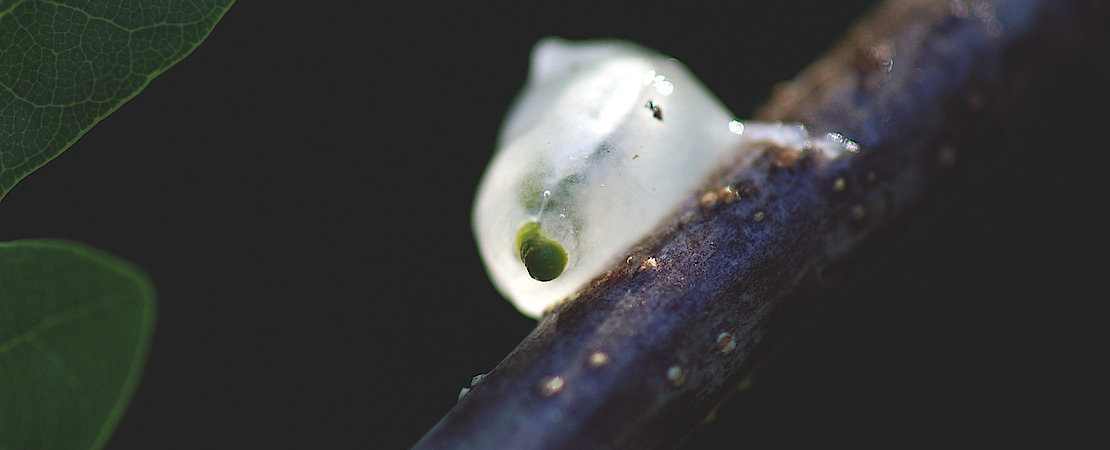Mistletoe therapy for children
Anthroposophical mistletoe preparations are not approved anymore for the use in children since the study documentation - as with many other medical drugs, too - is not sufficient. In Germany, there is, however, more than 40 years of clinical experience using mistletoe preparations in children and adolescents with haemato-oncological diseases, complementary to standard therapy [71].
In a prospective multicentre clinical study including 12 academic paediatric centres mistletoe therapy in children was shown to be well tolerated and safe in use. Furthermore, there was no evidence that the additionally applied mistletoe therapy negatively influenced the prognosis and course under conventional therapy [169].
Current results from this multicenter, open-label, randomized controlled trial of 288 pediatric cancer patients at five-year follow-up show that an anthroposophic supportive therapy approach including subcutaneously administered mistletoe therapy can be evaluated as safe in a clinical setting [315].
Many parents do not want their child to experience even more pain through the subcutaneous application of a mistletoe preparation. Clinical experience shows, however, that the minimally painful stimulus of a subcutaneous injection is also acceptable for small children, provided that doctors and parents encourage this form of application. Today, short and very thin (30 G) needles are available for injection, which can be handled well by parents.
The Department of Paediatric and Adolescent Medicine at the Community Hospital Herdecke (Gemeinschaftskrankenhaus Herdecke) is a paediatric oncology centre and works within the national network of the Society for Paediatric Oncology/Haematology (GPOH). In addition to conventional therapy based on national treatment guidelines, the therapy is supplemented with pharmacological and non-pharmacological integrative medical interventions, mainly with means and procedures from anthroposophic medicine. These include anthroposophical medications, especially mistletoe preparations, as well as other non-drug therapies such as eurythmy therapy, music, painting and sculpture therapy, and external nursing applications such as embrocations and compresses. This focus makes the department the largest integrative medical centre for children in Europe.
Integrative medicine during the intensive phase of chemotherapy in pediatric oncology in Germany: a randomized controlled trial with 5-year follow-up
Seiffert et al. [315]
Patients and Methods
This multicenter, open-label, randomized controlled trial [315] conducted in Germany was designed to investigate the efficacy and safety of an anthroposophic supportive therapy concept consisting of 19 investigational preparations used as basic (including the mistletoe preparation Helixor) and medicinal requirement therapy in addition to protocol-compliant standard therapy in children with a broad spectrum of hemato-oncological diseases between the ages of 1 and 18 years. The control group received standard oncologic therapy only according to protocol. The primary outcome criterion was the toxicity sum score assessed by NCI-CTC scales, and the secondary outcome criteria were chemotherapy-related toxicity and overall and event-free survival at 5 years.
Results
Data from 288 patients were analyzed. For the primary efficacy parameter, the toxicity sum score, no advantage could be demonstrated for the use of anthroposophic supportive therapy. No significant differences in five-year overall survival and event-free survival were found within the two groups. From a safety perspective, exploratory analysis of the data available for the 5-year follow-up revealed no indication that the efficacy of standard therapy was negatively affected by anthroposophic supportive therapy. There was also no indication of a negative effect caused by anthroposophic supportive therapy with regard to long-term toxicities, so that the concept was classified as safe in the long-term follow-up.
Conclusion
The results of this large-scale clinical trial [315] show that an anthroposophic supportive therapy concept including subcutaneously administered mistletoe therapy can be assessed as safe in a clinical setting. Positive effects on toxicity scores, overall survival or event-free survival compared to the control group could not be demonstrated in this study. In order to assess the question of positive efficacy of mistletoe therapy in the very different disease patterns (leukemias, solid tumors including tumors of the central nervous system) and disease stages, further studies with appropriately specified study protocols are necessary.
